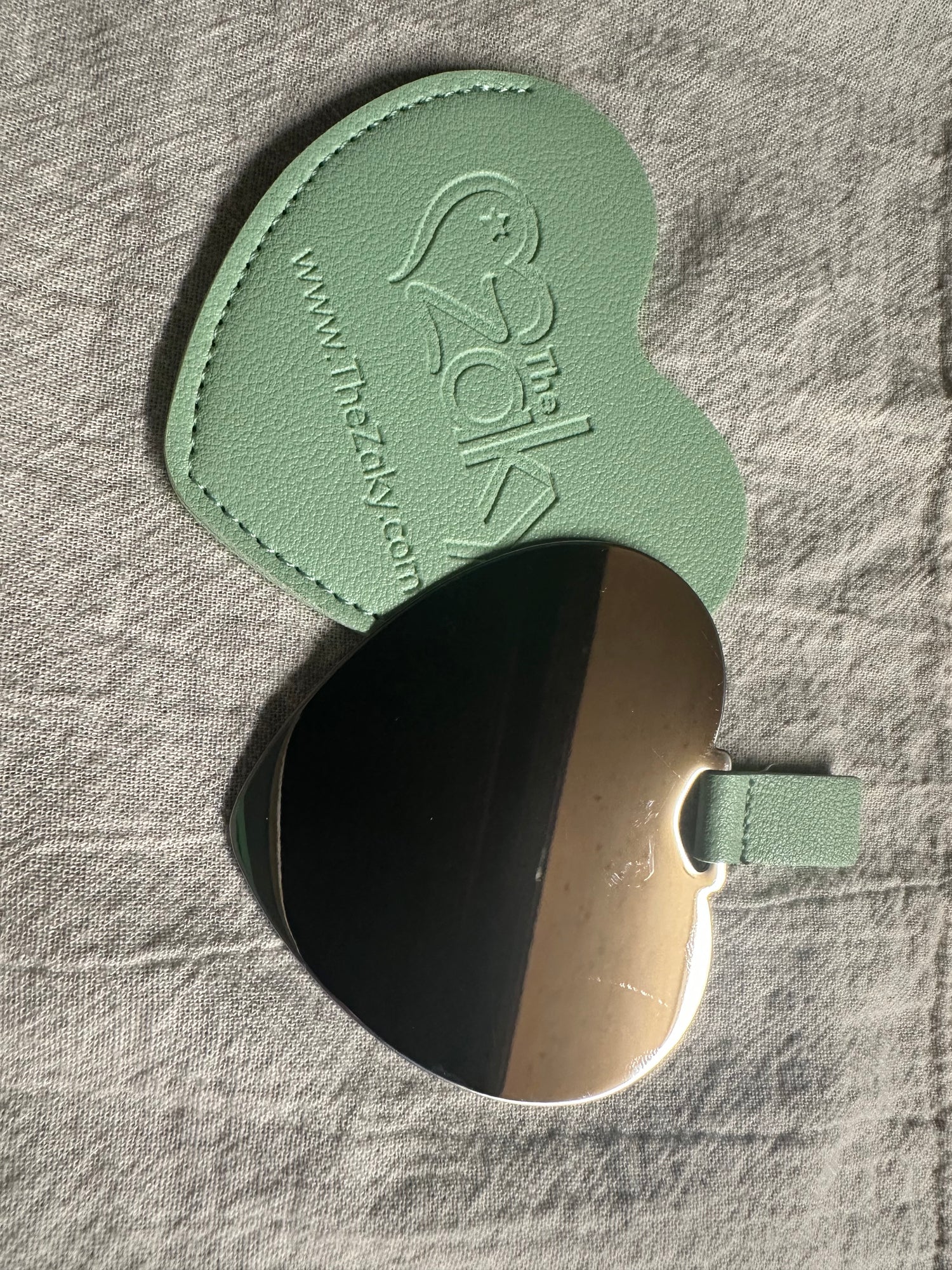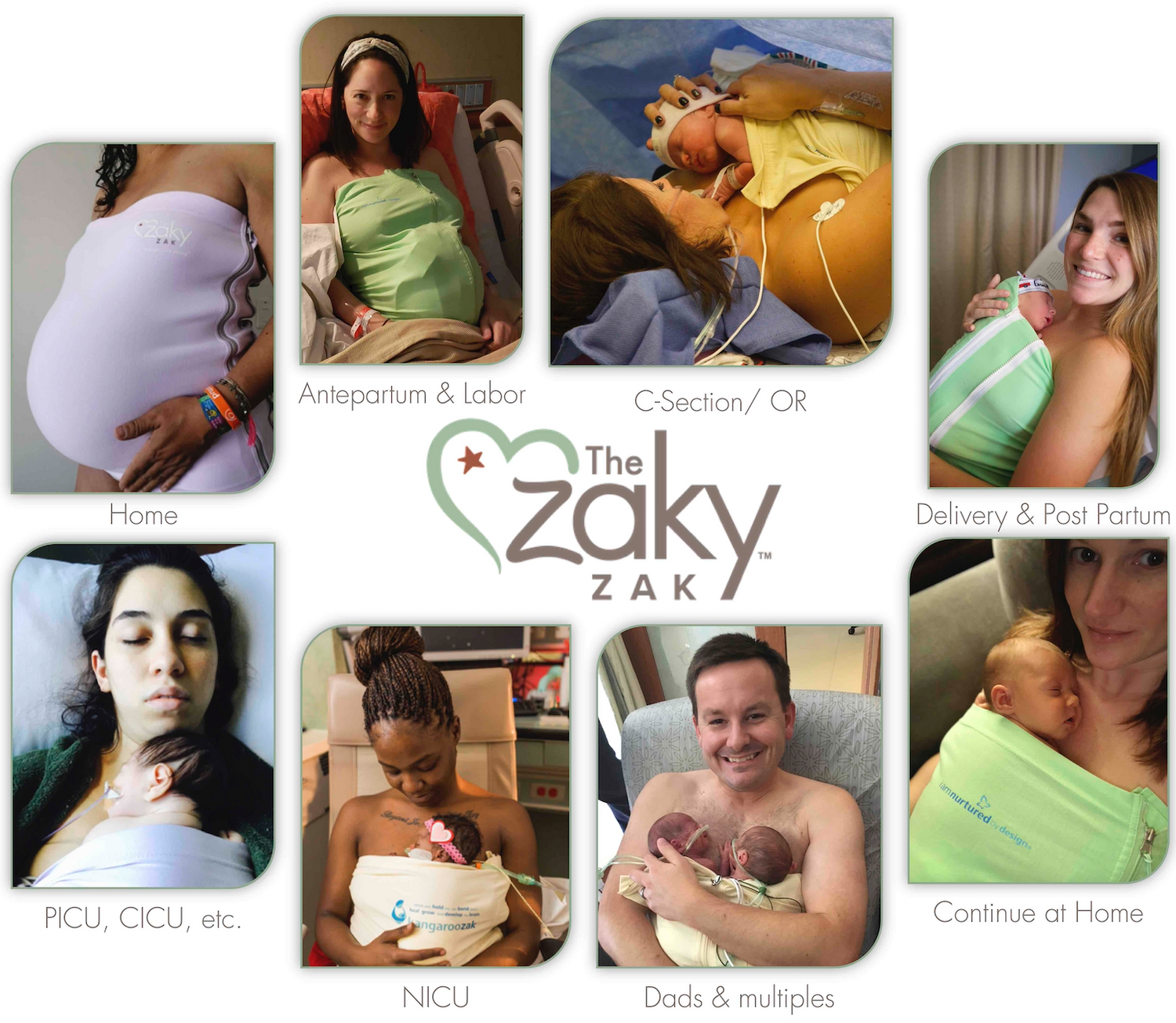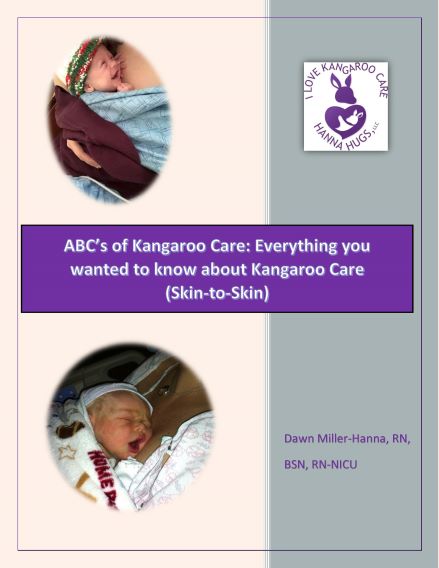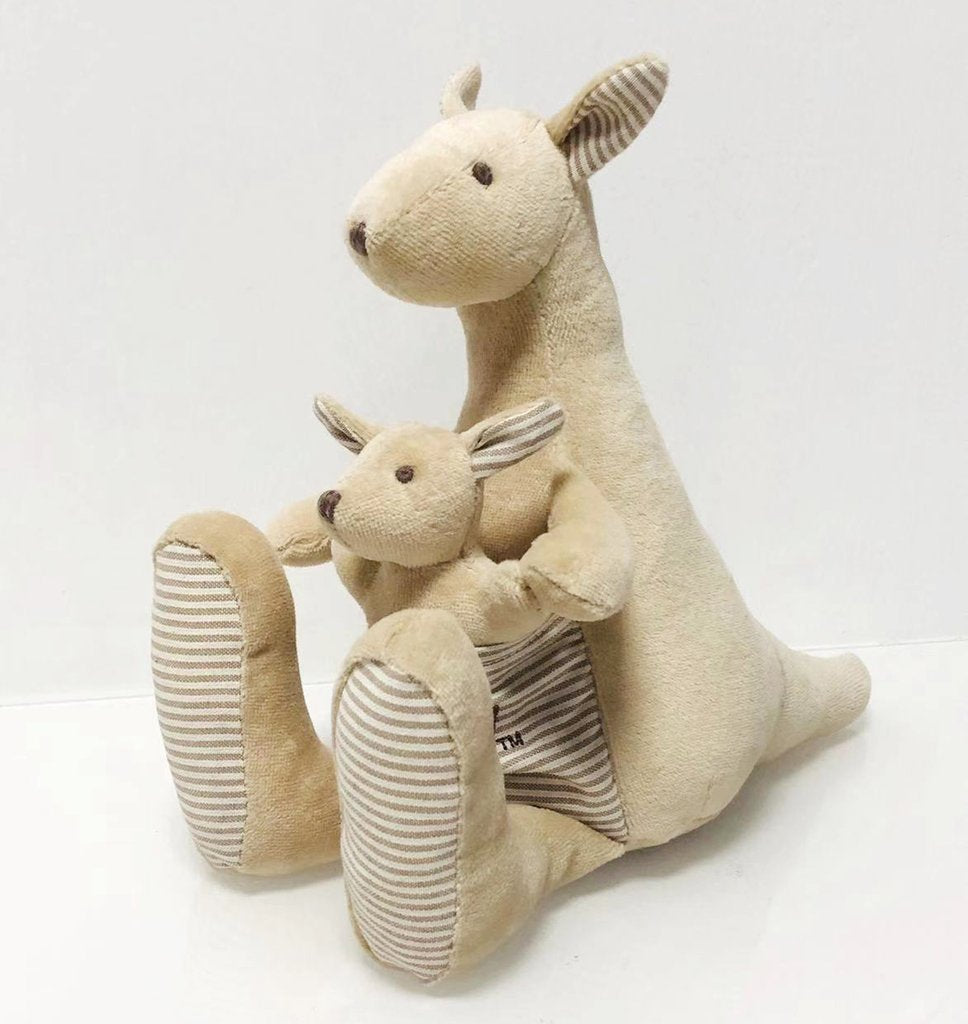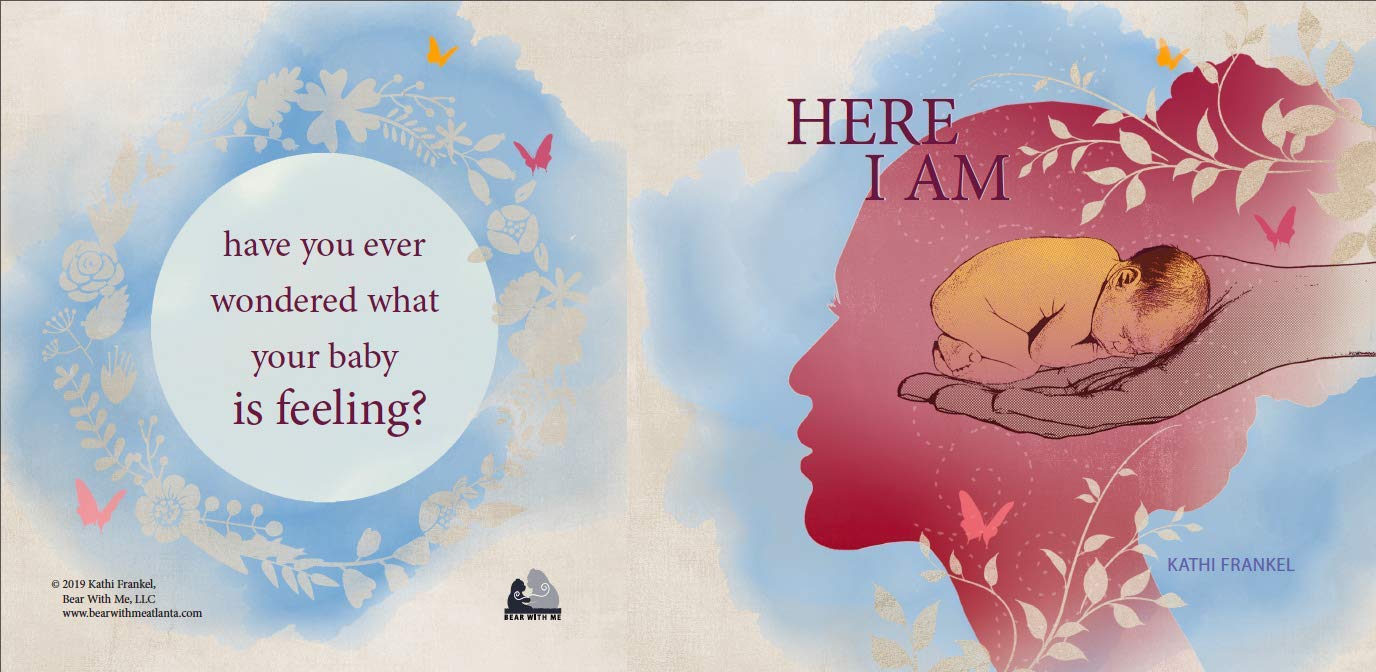Prepared by Nurtured by Design, Inc. for NICUs and not for commercial purposes.
This one-page reference summarizes essential steps for facilitating safe, trauma-informed Skin-to-Skin (Kangaroo) Care (SSC) in the NICU. Tailor to local workflow.
This checklist is provided for informational purposes only and does not constitute medical advice or legal responsibility. Each institution is responsible for reviewing, modifying, and implementing guidelines according to its clinical policies, regulations, and patient safety standards.
1. PREPARE THE FAMILY
-
Introduce SSC early as the standard of care
-
Share WHO guidance: stable infants—especially preterms—should receive 8–24 hours/day of Skin-to-Skin (Kangaroo) Care
-
Reinforce the evidence: “Hold as much as you can, as often as you can, and as uninterrupted as possible.”
-
Offer verbal + visual education (video, handout, app)
-
Co-create a weekly SSC plan with the family to hold as much as they can
-
Encourage parents to track their sessions manually or with The Zaky APP®, designed for this purpose, and sign up for the team for aggregated data for the NICU during kangaroo-a-thons, performance improvement projects, or year-long
-
Reinforce parent role: “You are their primary caregiver. You are not a visitor"
-
Support emotional readiness; never pressure participation
2. DETERMINE ELIGIBILITY
-
Assume all infants are eligible unless temporarily deferred
-
Reassess daily with interdisciplinary team
-
Learn to transfer infants on respiratory support or with lines (PICC, UVC, etc.) to SSC
-
Prepare a safe plan for parents with mobility/medical considerations
3. PREP THE SPACE & TEAM
-
Ensure privacy and a calming environment
-
Secure comfortable chair for the caregiver
-
Confirm emergency equipment within reach
-
Collaborate with RT, therapist, lactation, and medical team as needed
4. CAREGIVER SETUP
-
Bare chest (remove shirt/bra); wear safety wrap
-
No perfumes, oils, or skin irritants
-
Position comfortably with safety support
5. INFANT SETUP
-
Diaper and hat only, chest fully uncovered
-
Lines/tubes secured and untangled
-
Place the infant prone or angled chest-to-chest
-
Use a safety-engineered SSC device
6. MONITORING
-
Continuous pulse ox (unless weaned per orders)
-
Check the temperature before, during, and after the session
-
For intubated infants: monitor vitals + pain score at 15 min, then hourly
-
Watch for distress signs: desat, apnea, poor perfusion
7. TRANSFER TECHNIQUE
-
Parent or nurse transfer based on safety and preference
-
For ventilated or complex infants, nurse and respiratory therapist transfer may be required
8. DOCUMENTATION
-
Time, duration, and caregiver
-
Device used (if any)
-
Healthcare and caregiver interventions
-
Parent education completed
9. SUPPORT CONTINUITY
-
Encourage SSC post-discharge for a transition home
-
Offer take-home info
-
Track SSC frequency, equity, and staff compliance for quality improvement
10. PRACTICE TRAUMA-INFORMED CARE
-
Validate caregiver emotions and readiness
-
Normalize a wide range of responses to NICU stress
-
Offer comfort and reassurance, not pressure
-
Focus on creating a healing environment where love, safety, and connection are protected


